Fossil Discovery in Canada Reveals Ancient Secrets of Life Preservation and Earth’s Memory
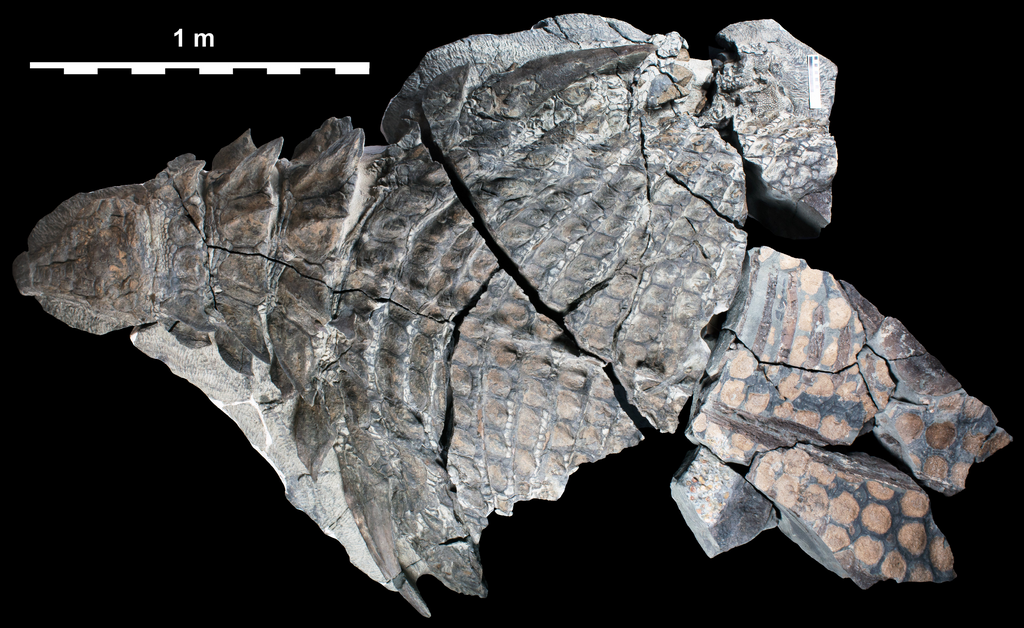
When we think of time, we often imagine loss. Things fade, crumble, and vanish. Yet sometimes, life refuses to be forgotten. Deep beneath the earth’s surface, the world keeps its own memories, written not in ink but in stone. Every fossil is a message from the past, proof that even when the world moves on, existence leaves an echo. It reminds us that transformation does not always mean disappearance. What was once alive can still speak, if we are willing to listen.
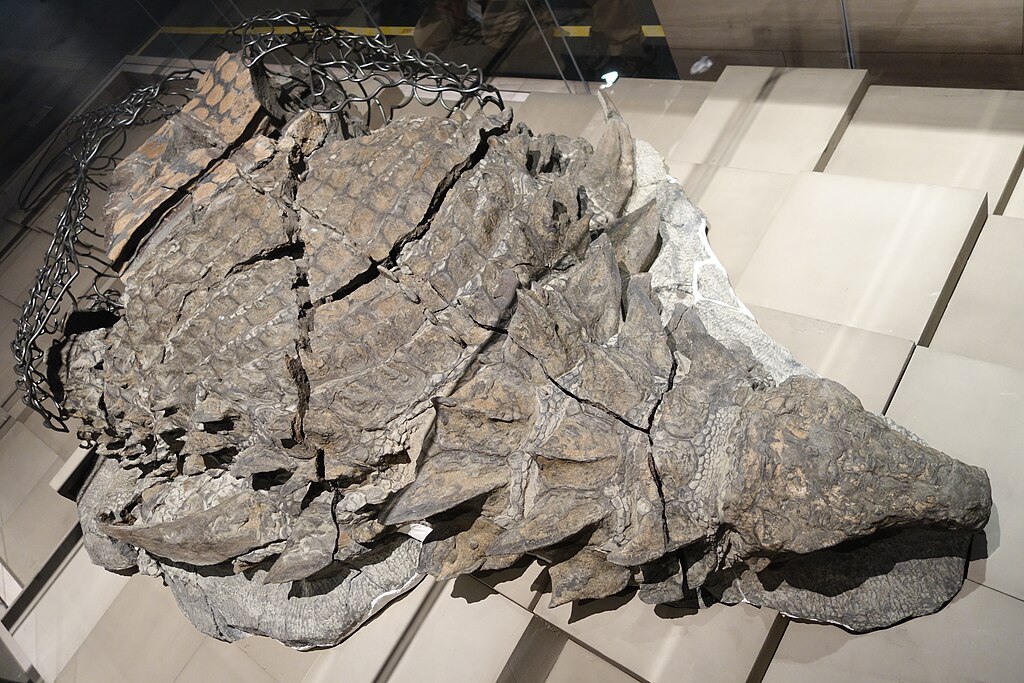
One such voice was uncovered in the Canadian badlands, where miners unearthed more than rock. They found a creature so perfectly preserved that it felt as though time itself had stopped to protect it. More than a scientific marvel, this discovery is a reflection of nature’s quiet promise: that everything has a purpose, even in stillness. The Earth holds on to what matters, not to keep it trapped in the past, but to teach us how to endure, adapt, and remember.
The Day Time Spoke Again
Sometimes, history does not reveal itself through grand discoveries in laboratories or under bright museum lights. Sometimes, it waits in silence, hidden beneath the ground, waiting for an ordinary person to touch eternity without even knowing it. On March 21, 2011, in northern Alberta’s Millennium Mine, heavy-equipment operator Shawn Funk was doing what he had done for years moving earth and stone when his machine hit something that felt different. The moment seemed unremarkable, yet what lay beneath his excavator would rewrite a chapter of our planet’s story. What he uncovered was no simple rock formation but the remains of a creature that had not seen sunlight in more than 110 million years.
Scientists from the Royal Tyrrell Museum soon realized the magnitude of his find. It was a nodosaur, an armored plant-eater preserved so perfectly that its body still bore the shape of its armor, its skin texture, and even traces of color. Caleb Brown, a researcher at the museum, described the fossil as a dinosaur “as it would have been.” Its preservation defied logic, the result of an extraordinary sequence of natural events. Researchers believe the dinosaur died near a river, was carried downstream, and gently sank into an ancient sea, where layers of mineral-rich mud sealed it from decay. Over millions of years, that sediment became its shelter, transforming the creature into one of the most complete fossils ever found. Today, it rests in the Royal Tyrrell Museum, not as a relic of extinction, but as a reminder that even in stillness, life continues to teach, and that the most extraordinary truths often begin as accidents in the ordinary.
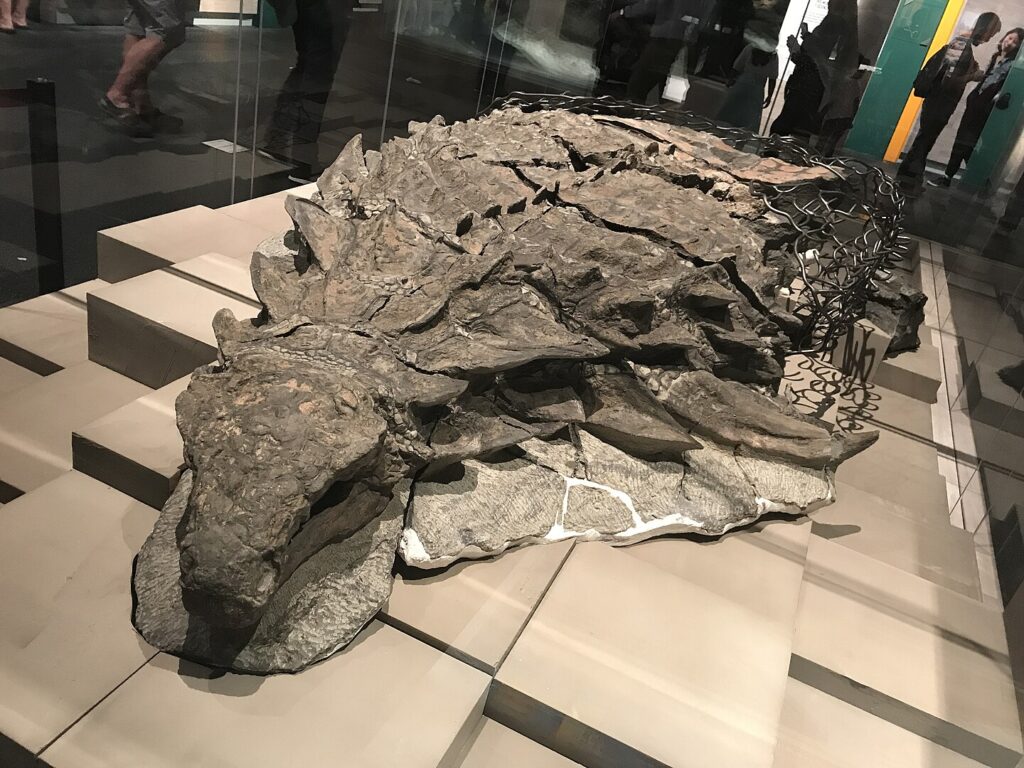
The Artistry of Time
There are moments when nature creates something so precise that it rivals the finest work of human hands. The fossil of Borealopelta markmitchelli is one of those rare masterpieces. Every inch of it tells a story that science can measure but the soul can only marvel at. This creature was not simply preserved; it was remembered in extraordinary detail. Its body remains in three dimensions, its armor and skin still arranged exactly as they once were. For scientists, this meant more than studying bones. It meant seeing the full form of life itself as it once moved, breathed, and existed on a planet that looked entirely different from our own.
Unlike most fossils, which are flattened by the weight of time, this nodosaur kept its shape. Researchers could measure its body density, observe the positioning of its armor, and even identify pigment traces in its skin. The chemical composition revealed a reddish brown hue, suggesting that the creature used its color as natural camouflage against predators. Paleobiologist Jakob Vinther of the University of Bristol said that the specimen was so lifelike it “might have been walking around a couple of weeks ago.” Those words capture the awe of seeing something that defies extinction, something that seems caught between past and present.
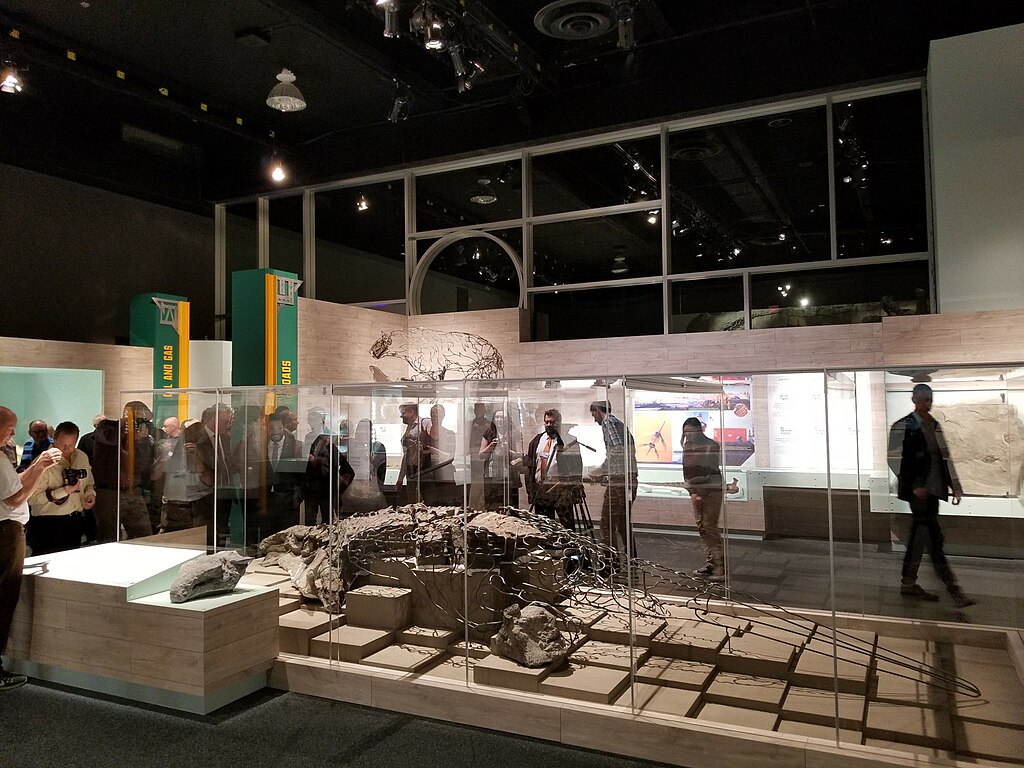
The fossil’s structure speaks of balance, of how strength and vulnerability coexist. Its armor, covered in keratin, shows the delicate engineering of life that values both flexibility and protection. Its final resting place within marine sediment reminds us that survival often depends on circumstances beyond our control. Scientists later found that rapid burial and low oxygen levels created the perfect conditions to protect it from decay. Through this one discovery, researchers gained not only a clearer view of the early Cretaceous world but also a reminder of how the smallest conditions can preserve greatness. Time may erase much of what it creates, but every so often, it chooses to keep one story whole.
When Stone Becomes Memory
Science calls it fossilization, but in truth, it is memory taking form. Every layer of sediment, every mineral that hardens around what once lived, is the planet’s way of remembering. Borealopelta markmitchelli is not only a window into the past; it is proof that the Earth itself keeps a record of every life it has ever touched. What disappeared from sight did not vanish in truth. It transformed, quietly and completely, into something that could outlast extinction.
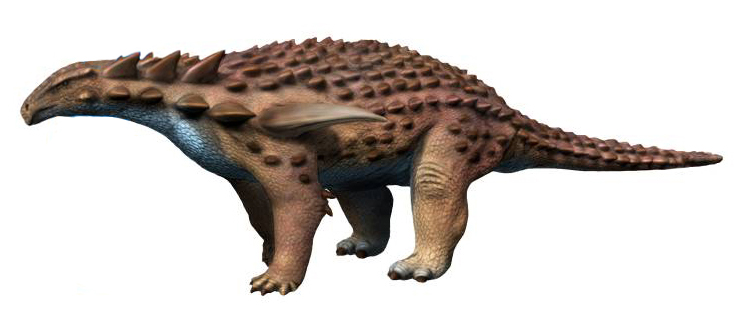
The existence of this fossil raises a question that extends beyond paleontology. If the Earth can remember a creature for 110 million years, what memories are we creating today that the planet will one day hold? The same natural processes that preserved the nodosaur still shape our world. They record the stories of our actions, the materials we build, the choices we make. In this way, Borealopelta is not just a messenger from a distant age; it is a mirror. It reminds us that everything we do leaves an imprint, whether in rock, in soil, or in the lives we touch. The Earth is always listening, and in its patience, it keeps the truth of who we are.
Echoes in Feathers
When we look at modern birds, it is easy to forget that they are the living descendants of creatures that once ruled the Earth. The discovery of Borealopelta markmitchelli adds another chapter to that evolutionary story, one written long before wings ever took flight. Although this nodosaur was an armored plant eater and not a direct ancestor of birds, its preservation gives scientists a clearer view of how body coverings evolved, from scales and armor plates to the feathers that later defined avian species.
Microscopic analysis of Borealopelta’s fossilized skin revealed structures linked to pigmentation, a finding that connects it to the same biological systems that give color to feathers today. These pigment-bearing cells, known as melanosomes, help researchers trace how early skin patterns and protective coverings may have influenced the eventual development of feathers. The reddish brown tones found in the nodosaur’s fossilized hide mirror the pigments that tint many modern birds, from sparrows to hawks.

In this way, Borealopelta shows that nature evolves through continuity, not replacement. Every feather, every scale, every shade in the wing of a bird carries a memory of what came before. The past does not vanish; it transforms. To study fossils like this is to see how life adapts while remaining forever linked to its earliest beginnings.
Climate Written in Stone
Every fossil is more than a remnant of life; it is a record of the world that surrounded it. The remains of Borealopelta markmitchelli do not only preserve the body of a single dinosaur but also capture the environmental conditions of its time. By analyzing the sediment that entombed the fossil, scientists can reconstruct the atmosphere, vegetation, and climate that existed more than 110 million years ago. The data suggest a world warmer and more humid than ours, with dense forests and abundant plant life that supported herbivorous giants like the nodosaur.
This ancient environment offers an important reference point for modern climate research. Fossils such as Borealopelta help scientists compare past and present carbon levels, temperature patterns, and vegetation cycles to understand how the Earth responds to long-term climate change. The evidence shows that shifts in temperature and sea level once reshaped entire ecosystems, forcing species to adapt, migrate, or disappear.
The story preserved in stone is not a warning from the past but a guide for the present. It reminds us that our planet has always been capable of transformation. The difference now is the speed of that change and the role humanity plays in accelerating it. Studying fossils helps us see that the balance of life depends not only on evolution but on awareness. What we choose to preserve today will define the record we leave behind for the next generation of scientists to uncover.
The Earth Still Speaks
The story of Borealopelta markmitchelli reminds us that the Earth has never stopped communicating with those who listen closely. Every fossil, every grain of sediment, carries a message from a time when life and environment moved in perfect rhythm. These traces are not silent; they speak of balance, adaptation, and endurance. They tell us that the conditions that protect life are fragile and that preservation is both a natural process and a human responsibility.
Through discoveries like this, we see that the past is not lost but alive in the lessons it offers. The same forces that once shaped the nodosaur’s world continue to shape ours. Climate, ecosystems, and species still depend on the same harmony between earth, water, and air. The more we study what was, the more we understand what must be protected now.

In the quiet permanence of stone, Borealopelta invites us to look inward as much as outward. It challenges us to see our connection to the planet not as something distant or scientific, but as something deeply personal. Just as this creature was preserved through time, we too can preserve the beauty and balance of the living world if we choose to learn from it. The Earth remembers. The question is whether we will.
Featured Image from Caleb M. Brown, CC BY 4.0, via Wikimedia Commons
Loading...

